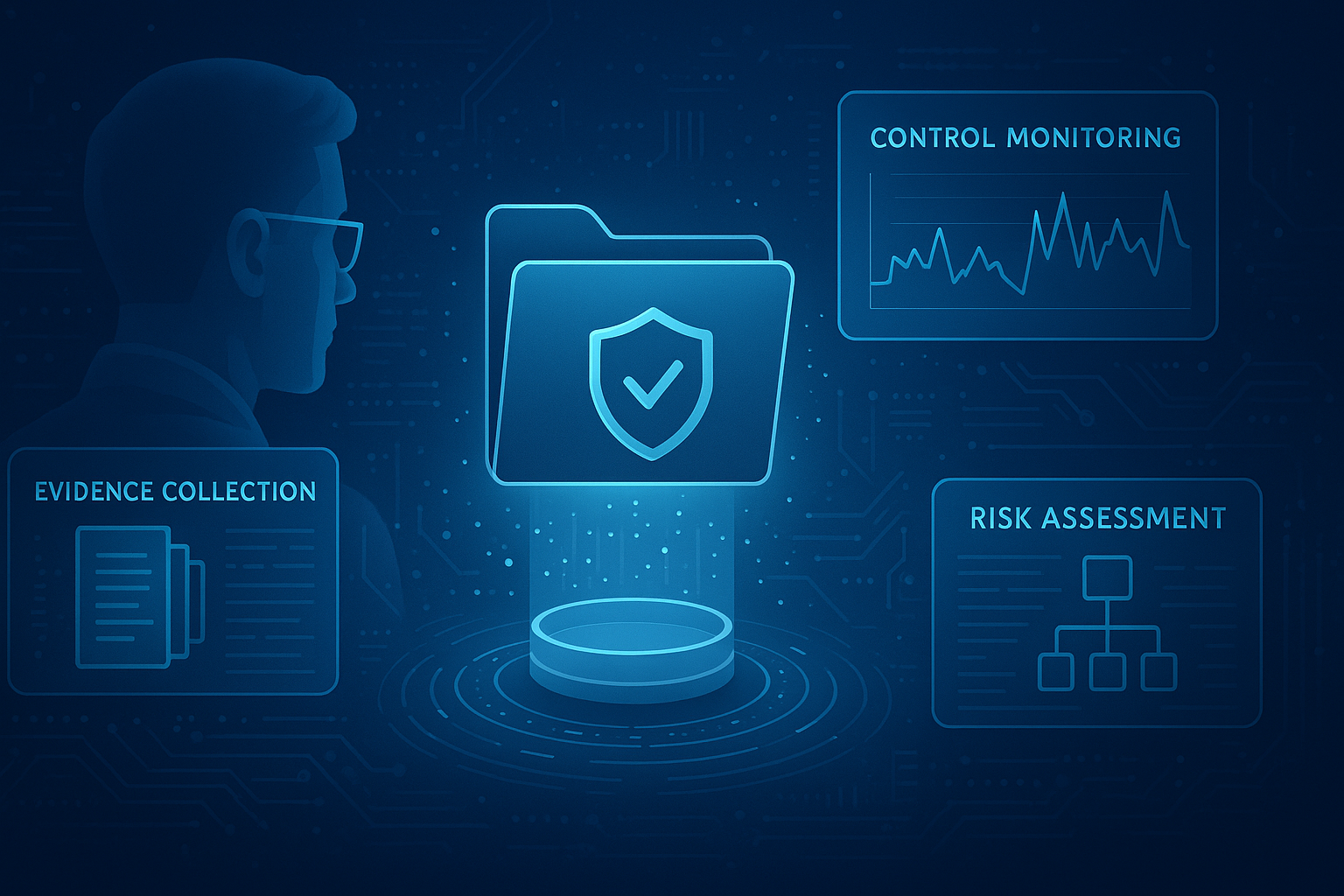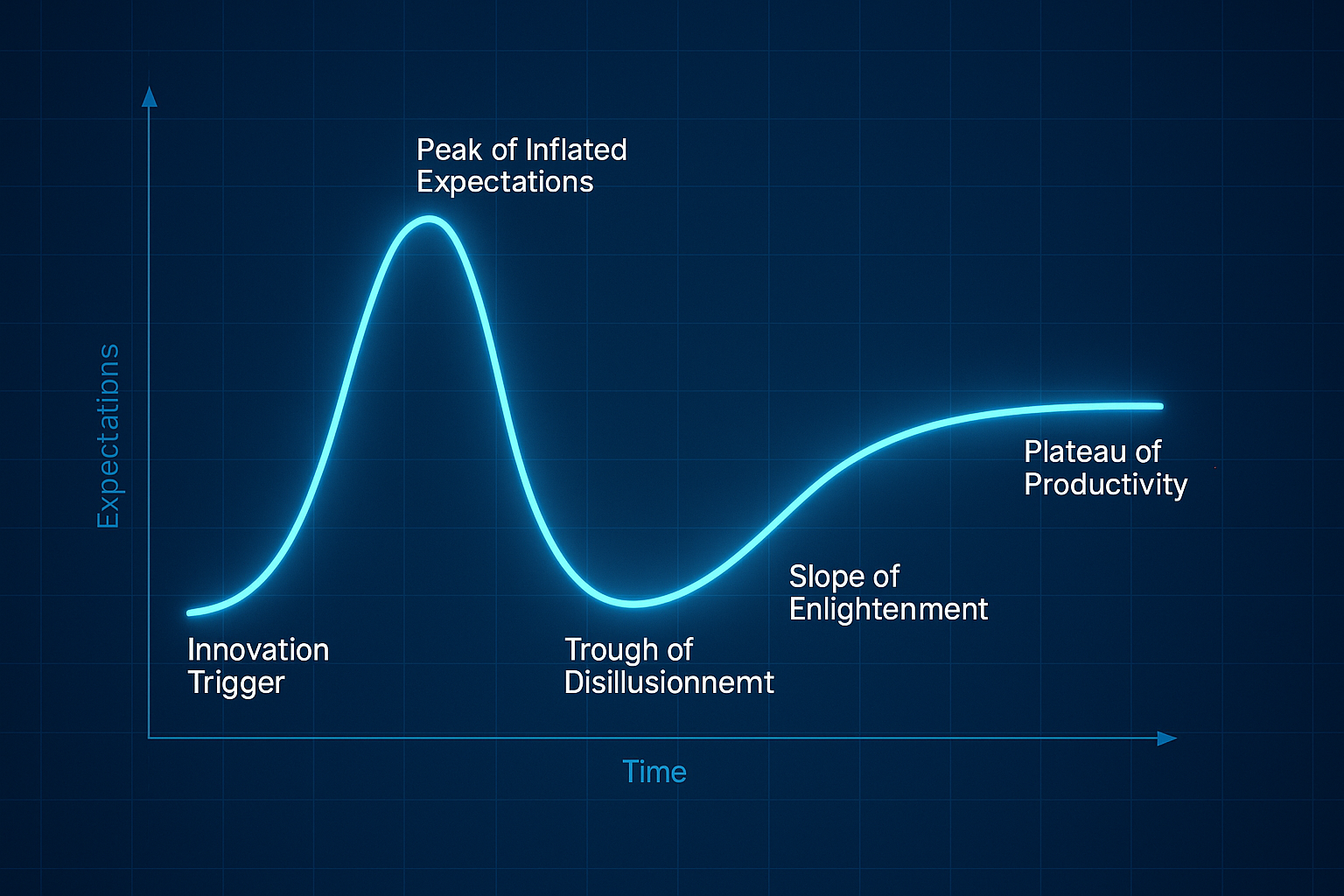Gone are the days when professionals deemed cyber risk quantification (CRQ) a convoluted and unnecessary risk practice that added stress to the metrics security leaders tracked and presented. Instead, CRQ has become a focal point for managing cyber risk and a driver of conversations with the Board and executive leaders. As the criticality of CRQ has grown, so have the approaches to quantification and risk models. Continue reading this blog to learn how CRQ improves cyber risk management and how to select the best cyber risk quantification company for your organization.
Quantified Cyber Risk for Enhanced Risk Management
Cybersecurity data is quite technical. To a seasoned professional, cyber metrics as they are might make sense, but to the business-side leaders, these metrics just seem like a mess of numbers. CRQ whittles away the technical jargon of cybersecurity metrics and translates the potential impact and event frequency into financial terms. While CISOs must update Boards and executive leaders on cybersecurity data, they should refrain from presenting granular technical details of cybersecurity during a Board meeting. CISOs simply won’t have enough time to do that.
The key takeaways of a CISO’s board report should include insights on industry-relevant threats, the ROSI, the financial impact of security operations, areas of improvement, and projected cybersecurity investments needed. CRQ is the solution to this. Different risk quantification models and CRQ companies have entered the market. We are here to guide you through our recommendations for CRQ.
Critical Features of a Cyber Risk Quantification Platform
When evaluating a CRQ platform, the features should go beyond surface-level reporting. A modern CRQ solution must deliver transparency, flexibility, and accuracy while supporting real-time business decision-making. Here are the critical features to look for:
-
Multi-Model Support: The platform should support both qualitative and quantitative models (e.g., NIST 800-30 and FAIR), enabling organizations to scale their approach based on maturity and use cases.
-
Financial Quantification: CRQ platforms should translate technical risk data into financial terms such as potential loss exposure and Annualized Loss Expectancy (ALE), making risk understandable to business and finance leaders.
-
Integration with Control Data: Platforms must link risk metrics to underlying controls. When controls degrade, the risk posture should update dynamically, eliminating lag between risk identification and reporting.
-
Scenario Modeling: The ability to run “what-if” scenarios, measure potential return on security investments (RoSI), and prioritize remediations is critical to align security decisions with business impact.
-
Transparency in Risk Models: The underlying risk methodology must be documented and defensible. CISOs cannot afford to rely on “black-box” models when presenting to the Board.
-
Custom Risk Model Support: Mature organizations often have unique risk models. The CRQ platform should allow flexibility to incorporate custom frameworks and mappings without compromising performance.
-
Automated Risk Register Integration: A native risk register that ties identified risks to control performance ensures your quantified view reflects live operational data and evolving threats.
How to Choose the Best Cyber Risk Quantification Vendor for Your Organization
Companies with varying maturity levels necessitate risk assessment models that can meet their needs. Different companies offer different approaches and models. Let’s review some top choices to explore available solutions.
The Top 4 Cyber Risk Quantification Companies
CyberSaint for Cyber Risk Quantification
CyberSaint offers a comprehensive approach to cyber risk quantification for companies of all sizes and maturities. CyberSaint strives to provide solutions that grow with the organization instead of limiting teams to a single approach. Flexibility is vital to cyber risk management.
For a more beginner approach that focuses on qualitative results, the CyberStrong platform offers NIST 800-30. This NIST-developed framework identifies, prioritizes, and mitigates risks through system characterization, threat identification, vulnerability assessment, and risk management.
For organizations that have robust maturity, the FAIR risk methodology is an available option. FAIR is a gold-standard approach for risk quantification that financializes technical cyber risk data into dollars and cents for transparent communication. Not only does this standardize the language of cyber risk, but adding a financial layer is an easy way to prioritize your risks and plans of action.
Since CyberStrong is optimized for the FAIR model, the platform conducts Monte-Carlo simulations for risk analysis.

CyberStrong can accommodate more than one risk assessment model. Organizations can leverage both NIST 800-30 and FAIR for risk quantification based on their top risks and maturity. You can stack these models to get the most actionable insights for what matters most to your organization without overwhelming the team with additional data. CyberStrong can also accommodate custom risk models if needed.
Need more guidance on FAIR implementation? Here's a technical guide on what you can do with a FAIR risk analysis.
RiskLens
RiskLens was one of the first FAIR-focused solutions for cyber risk quantification. This solution is dedicated to the FAIR methodology and is suitable for organizations that prioritize the FAIR model and only need CRQ out of the solution. RiskLens allows customers to enter data for all ontologies for the assessment methodology.
Safe Security
Safe Security has recently acquired RiskLens to embed FAIR in its SAFE platform. Aside from the FAIR model, SAFE offers its approach by rolling up risk data into a scoring model unique to SAFE. The process of this model is not transparently stated, leaving security professionals and CISOs unable to defend metrics or evaluate how the security leader concluded such metrics.
Axio
Axio takes a GRC approach to CRQ by defining risk scenarios based on security scans, recent events, and actual losses from industry sources. Axio then takes the risk scenarios and calculates the financial and tangible impact. However, the model this analysis is based on is not stated, taking away a layer of transparency in the risk management process. Security leaders must know how these calculations are completed. They must know the models in use. When Board leaders are going to ask where these calculations came from, CISOs cannot afford to say they do not know.
When reporting on potential financial impact and recruiting leaders to invest in cybersecurity, CISOs need to be confident in their data. One way of ensuring data integrity is by understanding the risk models used.
Getting ready to evaluate CRQ vendors? Download our research brief on what to look for in cyber risk quantification software.
What are the Benefits of Using a Cyber Risk Quantification Platform?
A purpose-built cyber risk quantification platform enables CISOs and risk leaders to drive strategic decisions with measurable outcomes. Here are the top benefits of adopting a CRQ platform:
-
Board-Ready Insights: CRQ platforms convert technical cybersecurity risk into business-impact terms that Boards and executive leaders understand—dollars, probability, and exposure.
-
Risk Prioritization: By quantifying the likelihood and impact of threats, CRQ helps organizations focus resources on the risks that matter most.
-
Cross-Team Alignment: CRQ bridges the gap between cybersecurity, finance, and executive leadership by using a common language of financial impact and RoSI (Return on Security Investment).
-
Improved Budget Justification: Quantified data enables security leaders to justify cybersecurity investments based on potential loss reduction and return.
-
Adaptive Risk Management: With features like continuous control monitoring and real-time updates, organizations gain a living view of their risk posture.
-
Compliance Synergy: Many CRQ platforms integrate with compliance frameworks, enabling a unified approach to risk, compliance, and audit readiness.
-
Strategic Planning: With data-driven insights, security teams can develop long-term risk mitigation strategies tied to financial and operational performance.
Select a CRQ Service that Meets Your Cyber Risk Management Needs
CRQ with CyberStrong is just one piece of the puzzle. The CyberStrong platform layers continuous control monitoring (CCM) with risk register functionality and CRQ. Control groups are tied to risks in CyberStrong’s Risk Register, so users get alerts when a control score changes and automatically update their risk posture. Customers then layer on CRQ via a model of their choice and get a view into the quantified risks their unique enterprise faces, including risk severity, potential financial loss, and impact based on historical cyber loss data.
By layering CRQ with other cyber risk management processes, CyberStrong can bridge the gap between cybersecurity and finance. CyberStrong offers a solution that delivers quantifiable metrics and helps customers build their cyber risk management plan, regardless of the organization's maturity.
Schedule a conversation with CyberSaint to discover the power of CyberStrong and how our flexible approach can help you achieve streamlined cyber risk quantification using one risk model or all three risk models for enhanced cyber risk insights.
FAQ: Cyber Risk Quantification Platforms
Q: What is a Cyber Risk Quantification platform?
A CRQ platform is a software solution that helps organizations measure cyber risk in financial terms, often using standardized models like NIST 800-30 or FAIR. It enables CISOs to prioritize risks and justify security investments.
Q: Why is cyber risk quantification important?
It translates technical risk data into business-relevant insights. CRQ allows leadership to understand the true financial impact of cybersecurity threats and make more informed decisions.
Q: What should I look for in a Cyber Risk Quantification vendor?
Choose a vendor that supports multiple risk models, offers transparency in its methodology, integrates with existing tools like risk registers and control monitoring, and provides scalability as your program matures.
Q: How does CyberSaint support cyber risk quantification?
CyberSaint’s CyberStrong platform supports both NIST 800-30 and FAIR, offers real-time control monitoring, integrates with risk registers, and supports custom risk models for enhanced flexibility and decision support.
Q: Can a CRQ platform help with compliance?
Yes. Many CRQ platforms, like CyberStrong, align risk quantification with compliance standards, enabling a unified approach to risk management and reporting.





.png)
.png)
.png)
%201.png)
.png)




